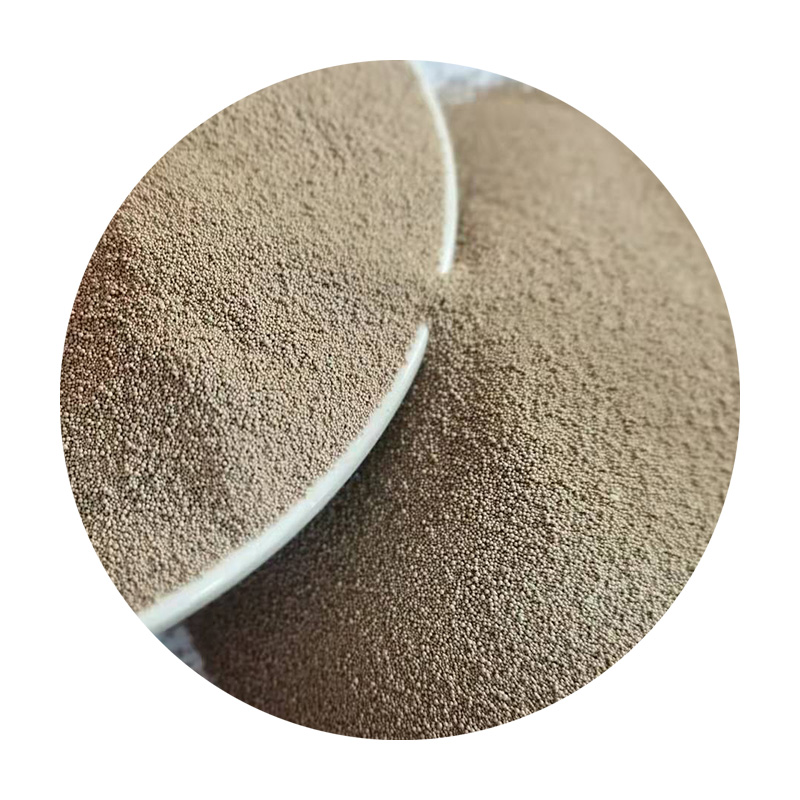How to Sand Resin A Step-by-Step Guide
Sanding resin can be a daunting task for many craftsmen, whether you're working with epoxy or polyester resin. However, with the right techniques and tools, you can achieve a smooth and glossy finish that enhances the beauty of your project. This guide will take you through the steps of sanding resin effectively and safely.
Tools and Materials Needed
Before you start sanding, gather the following tools and materials
1. Sandpaper (various grits 80, 120, 220, and 400) 2. Sanding blocks or an orbital sander 3. Water (for wet sanding) 4. Dust mask and safety goggles 5. Clean cloth or paper towels
Step 1 Prepare Your Workspace
Ensure your workspace is well-ventilated and free of dust. A clean environment is crucial as it prevents debris from scratching your resin surface. Always wear a dust mask and safety goggles to protect your respiratory system and eyes from fine particles.
Step 2 Start with Coarse Grit Sandpaper
Begin the sanding process with coarse grit sandpaper (around 80-120 grit). The purpose of this initial sanding is to remove any imperfections such as bubbles, drips, or uneven surfaces. Use a sanding block for flat surfaces to ensure even pressure, and keep the sandpaper flat against the resin. Sand in a circular motion or back and forth to achieve a uniform finish.
how to sand resin

Step 3 Progress to Finer Grits
Once the surface is relatively smooth, switch to a finer grit sandpaper (220 grit) to refine the surface further. Gradually reduce the grit of the sandpaper to avoid deep scratches. For a smoother finish, you can finally use 400-grit sandpaper. Remember to clean the surface regularly with a cloth to remove dust and reveal how smooth the resin has become.
Step 4 Wet Sanding for a High Gloss Finish
For achieving a high gloss finish, wet sanding is recommended. Splash some water onto the resin and use wet/dry sandpaper (around 400-600 grit). The water acts as a lubricant, preventing the sandpaper from clogging and reducing the risk of scratches. Be gentle and keep the area moist as you sand.
Step 5 Final Cleaning and Polishing
After sanding, clean the resin surface carefully with a damp cloth to remove any residue. If desired, you can polish the resin using a polishing compound and a soft cloth to achieve that high-gloss look.
Conclusion
Sanding resin doesn’t have to be a challenging task. By following these steps and using the appropriate tools, you can create a beautifully smooth and shiny finish on your resin projects. With practice, you will become more comfortable with the process, leading to more professional-looking results in your crafts.
Post time:Nov . 25, 2024 06:44
Next:Enhancing Surface Finish for 3D Printed Parts Through Effective Sanding Techniques
